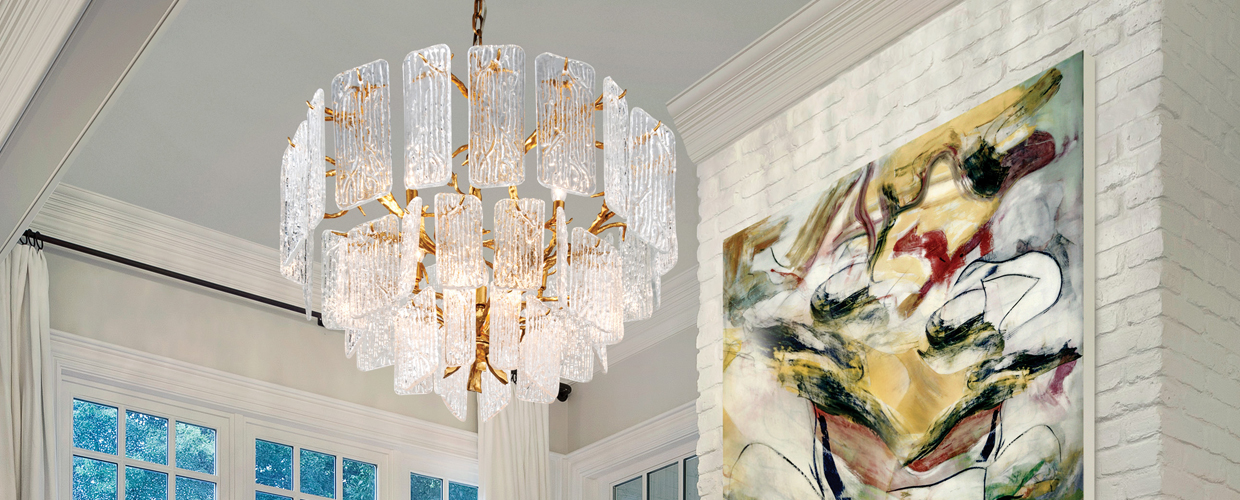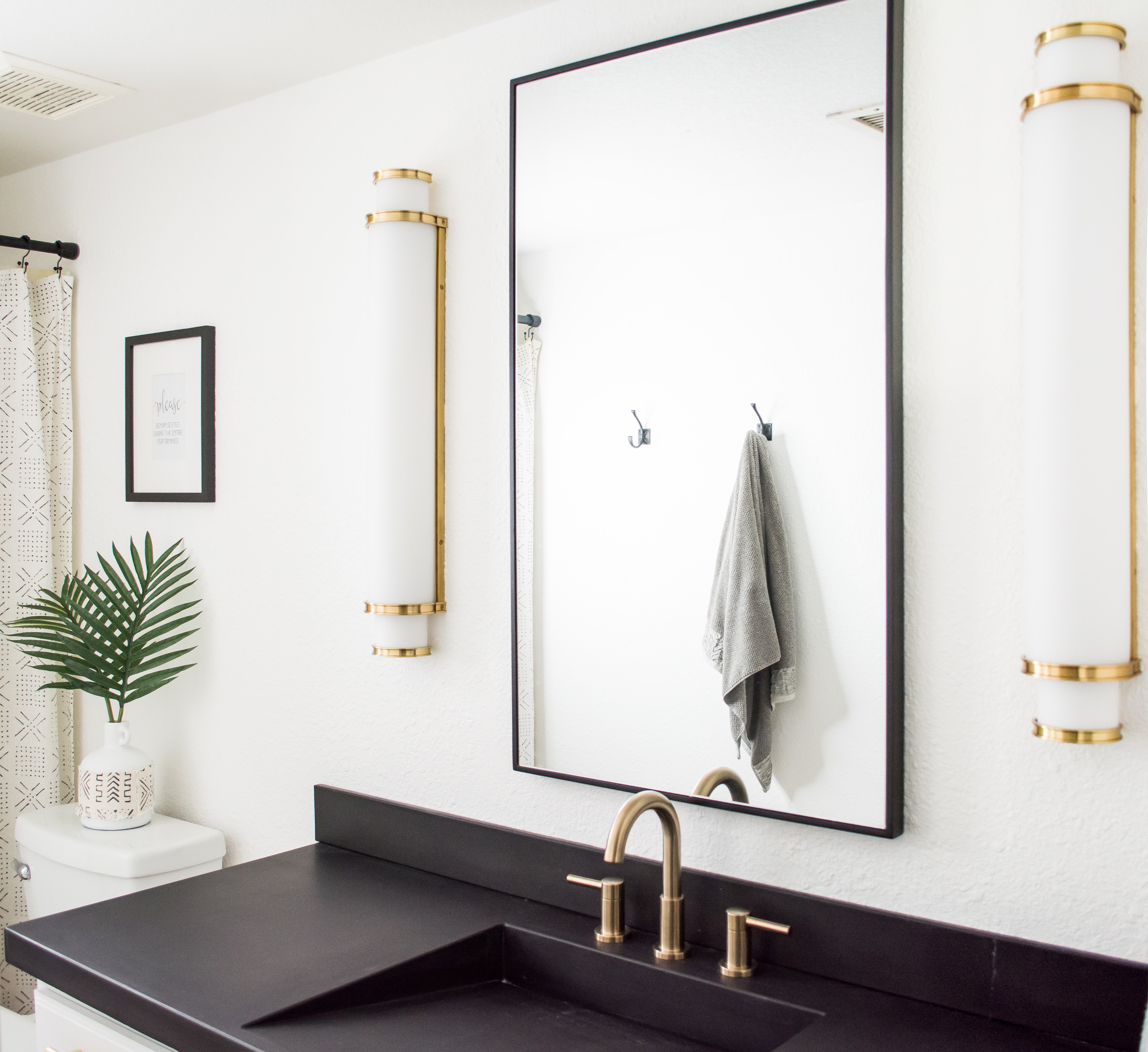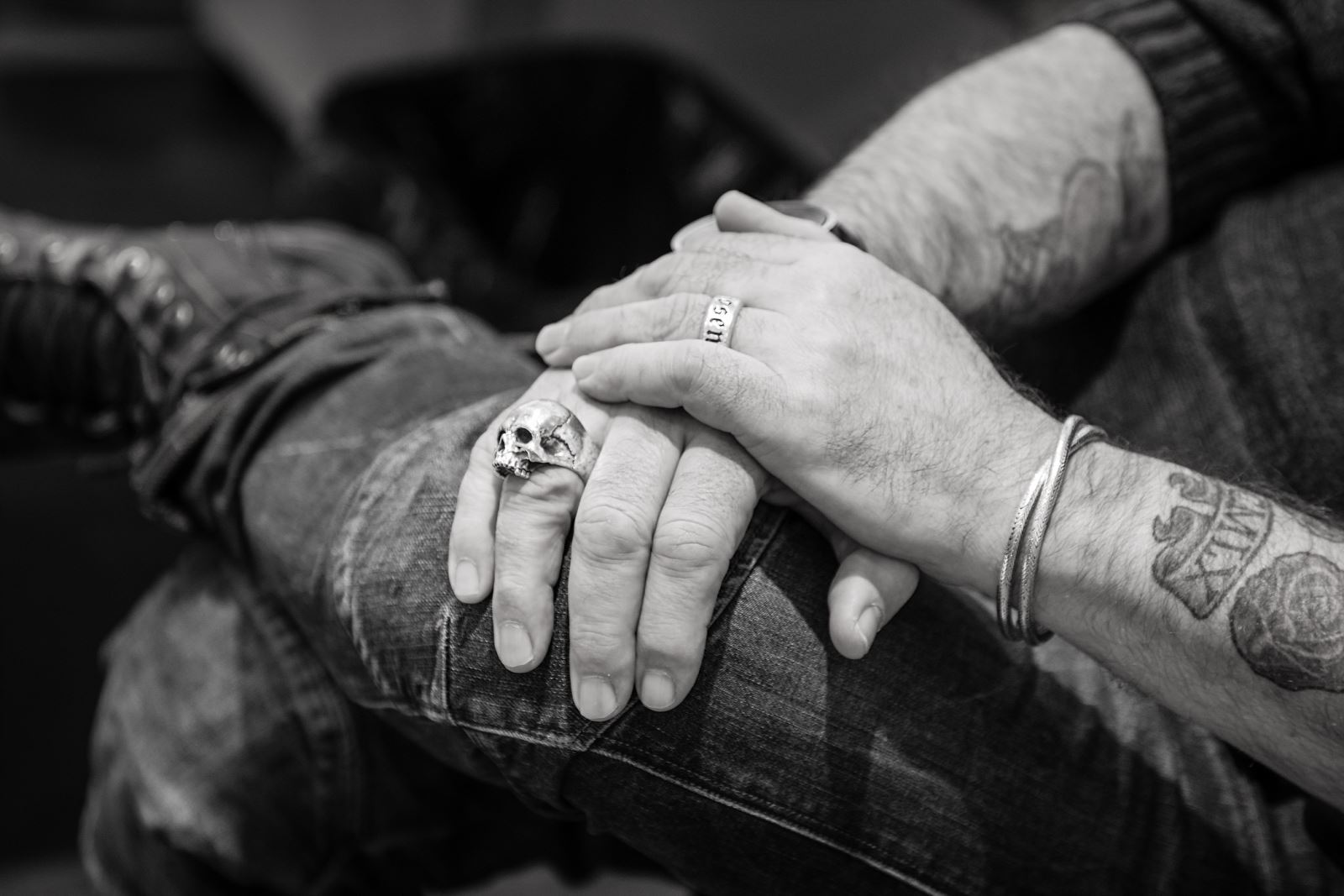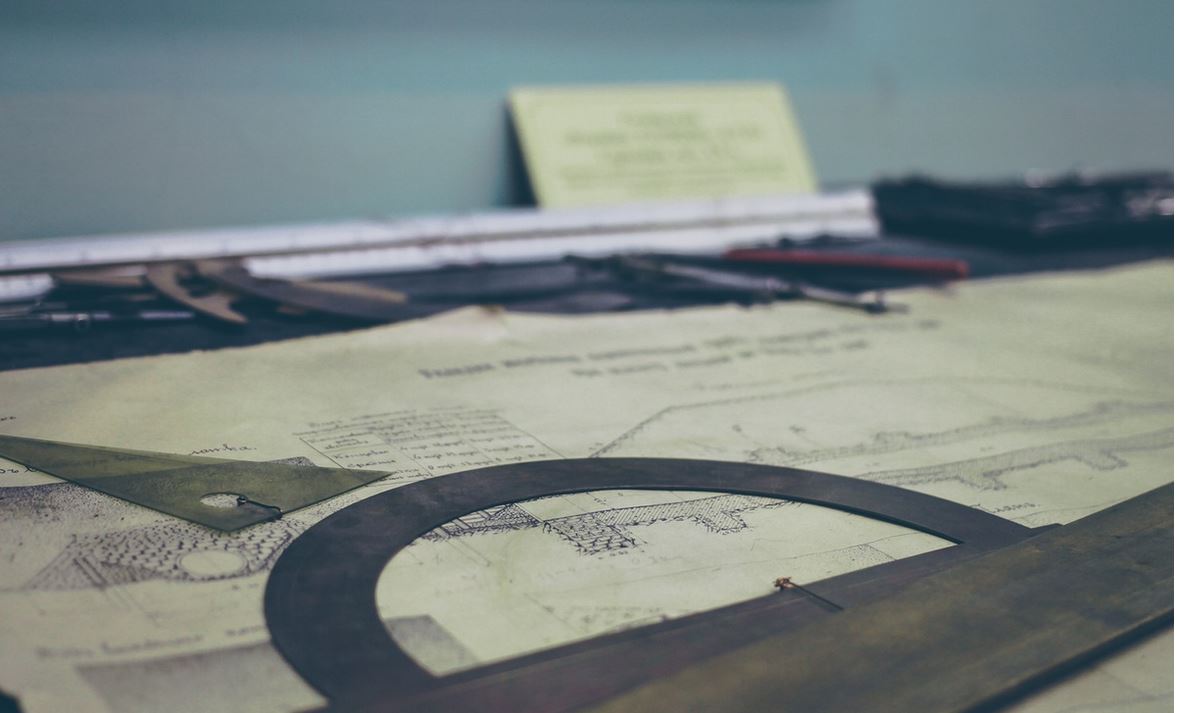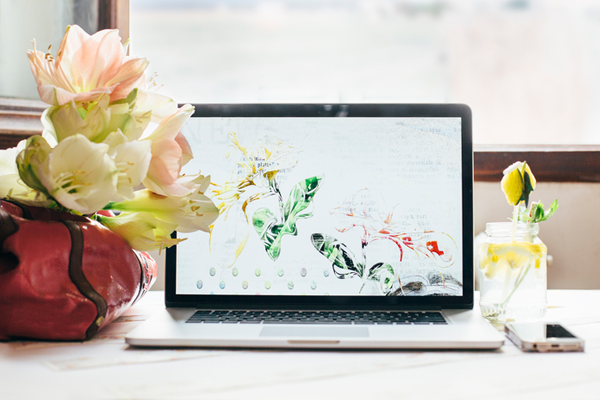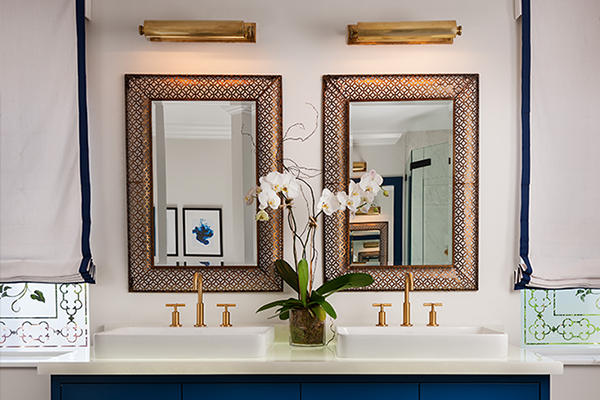
1. Uniqueness. Each segment of glass is a one-of-a-kind creation, making each lighting fixture a completely unique statement piece. Because glassworkers thoughtfully shape, bend, blow and mark the glass that will be used in a lighting design, you can be certain that the finished work has artistic distinction.
2. Environment. Textured glass diffuses light that is emitted from a central bulb, spreading the light smoothly but irregularly across the walls of a room. The thickness and character of the glass determine the effect of the dispersion of light which in turn determines the look of the overall environment.
3. Viewing Experience. The thoughtfully arranged patterns and textures engraved in the glass guide the eyeline, making the fixture a point of interest in the room. A viewer is instantly drawn to vertical, horizontal and diagonal lines, as well as soft curves and loops, as these deliberate handset strokes are as compelling as they are intricate.
4. Style Versatility. When combined with additional materials – metals or crystal, for instance – the textured glass shows its versatility, as it can complement or contrast other elements to provide various style effects. Drawing together crystal and textured glass with a gold leaf finished frame offers a sense of classical intrigue, while combining a silver leaf finished frame and slates of textured glass gives a fresh, modernized look.
5. Varied Clarity. Depending on the make, purpose and aesthetic of the glass, it can be densely opaque or perfectly transparent, altering the effect of light passing through as well as the level of illumination in the room. Of course, the degree of clarity does more than determine the way in which light is diffused – it defines how a fixture is perceived in the room, either as a robust and hefty centerpiece or a delicate and airy sculpture. Either way, the relative transparency sets the stage for a particular aesthetic.
6. Crisp Appeal. Immediately noticeable with textured glass is the allure of its smooth and stiff appearance, which – depending on its configuration – can add a sense of elegance or dramatic flair to an interior. Rather than the impenetrable surface of iron or steel, textured glass offers a more open and fresh appearance.
7. Diverse Artist Offerings. Textured glass is available in various forms and treated with various techniques, meaning you can select from offerings that include Venetian, handmade and hand-blown glass fixtures. Depending on your style and materials preference, you can select a lighting design that incorporates cool, frosty features or warm, tinted elements – giving you a range of choices for any given design project.
8. Accentuates Finishes. The clear and artistic appearance of textured glass accents metal and wood finishes, drawing out details not only within a lighting fixture itself, but in surrounding furniture and home decor. This makes it easy to ensure you can craft a cohesive interior, drawing in various forms and styles that complement each other as well as a lighting choice.



